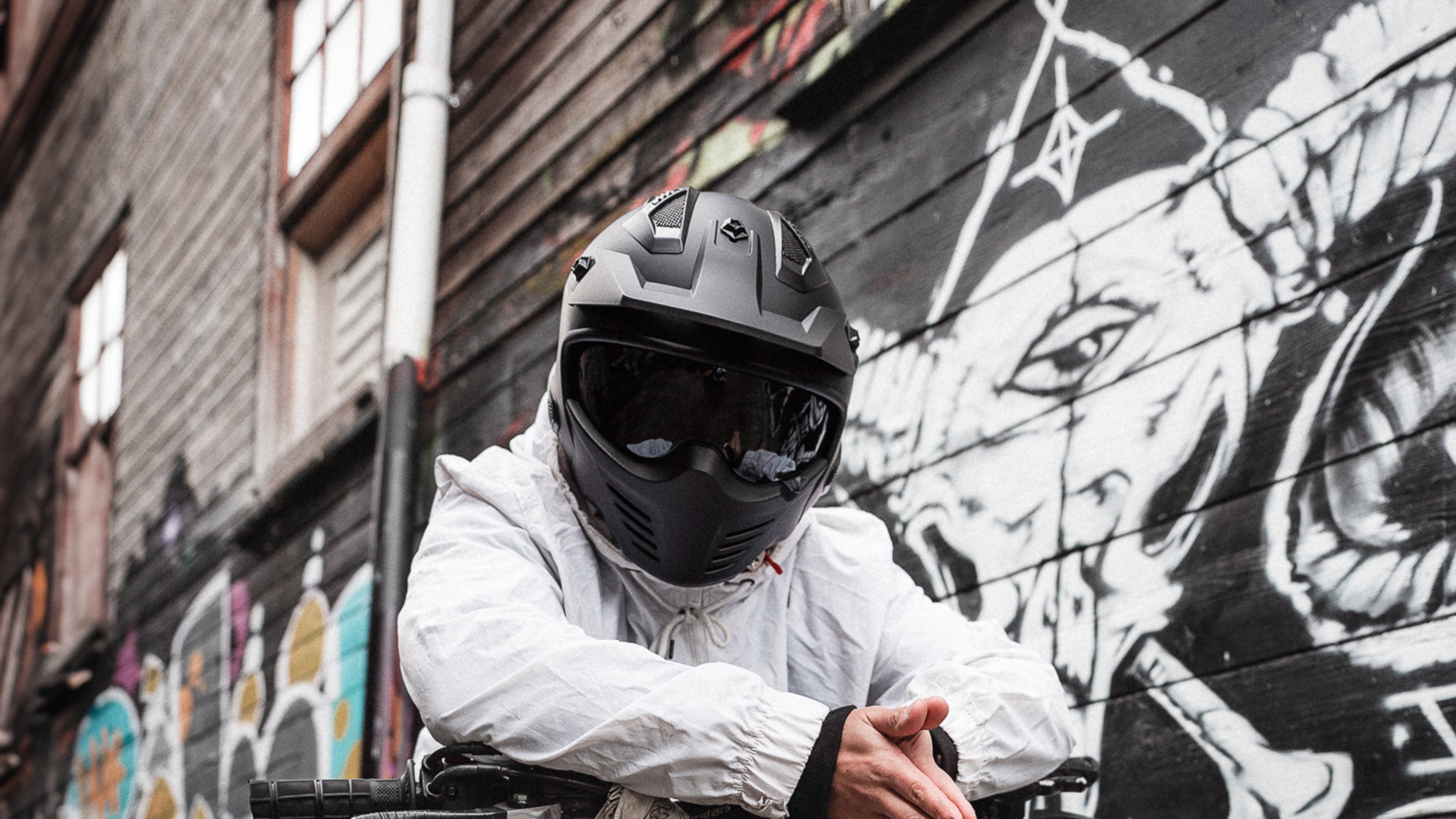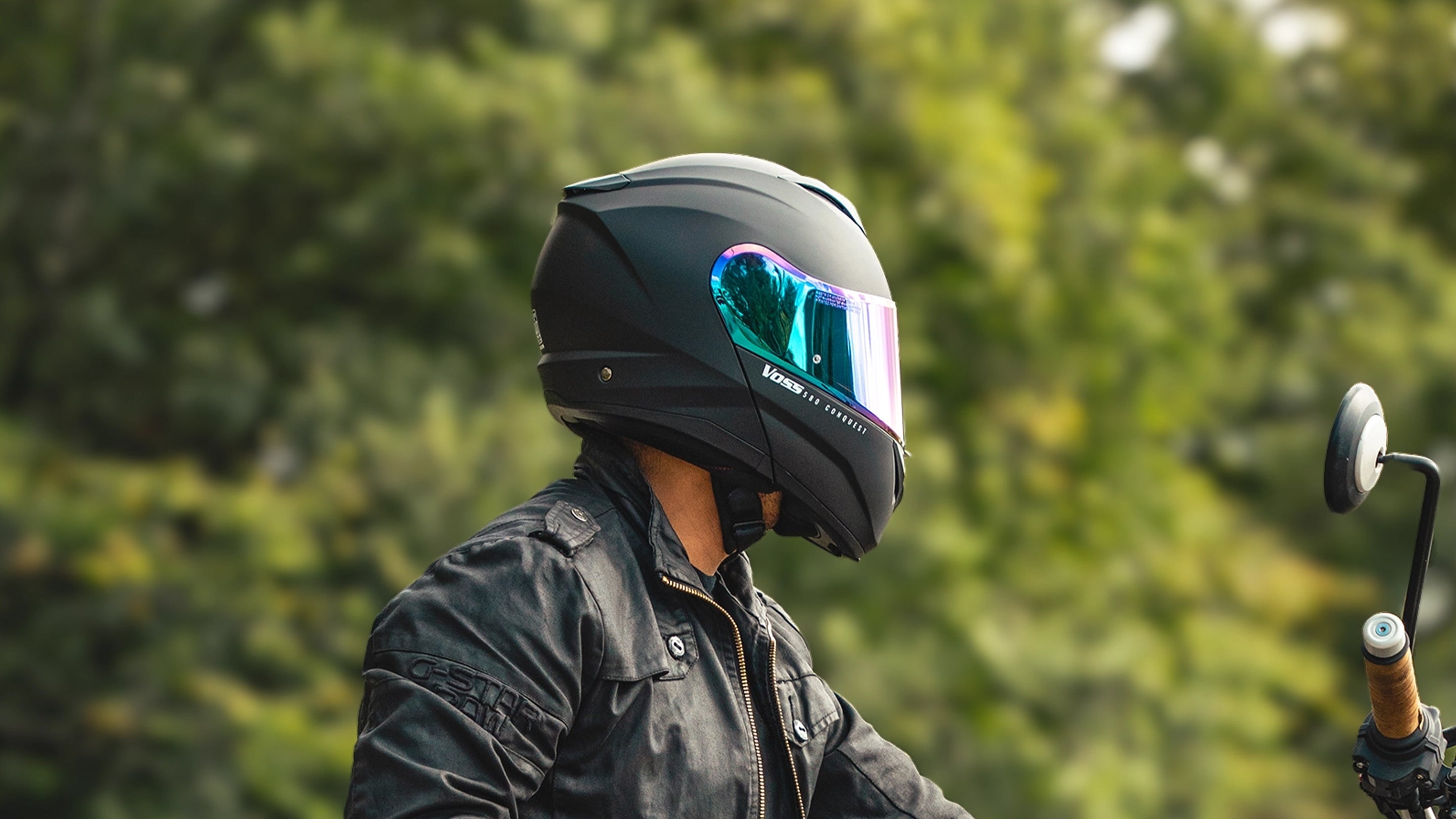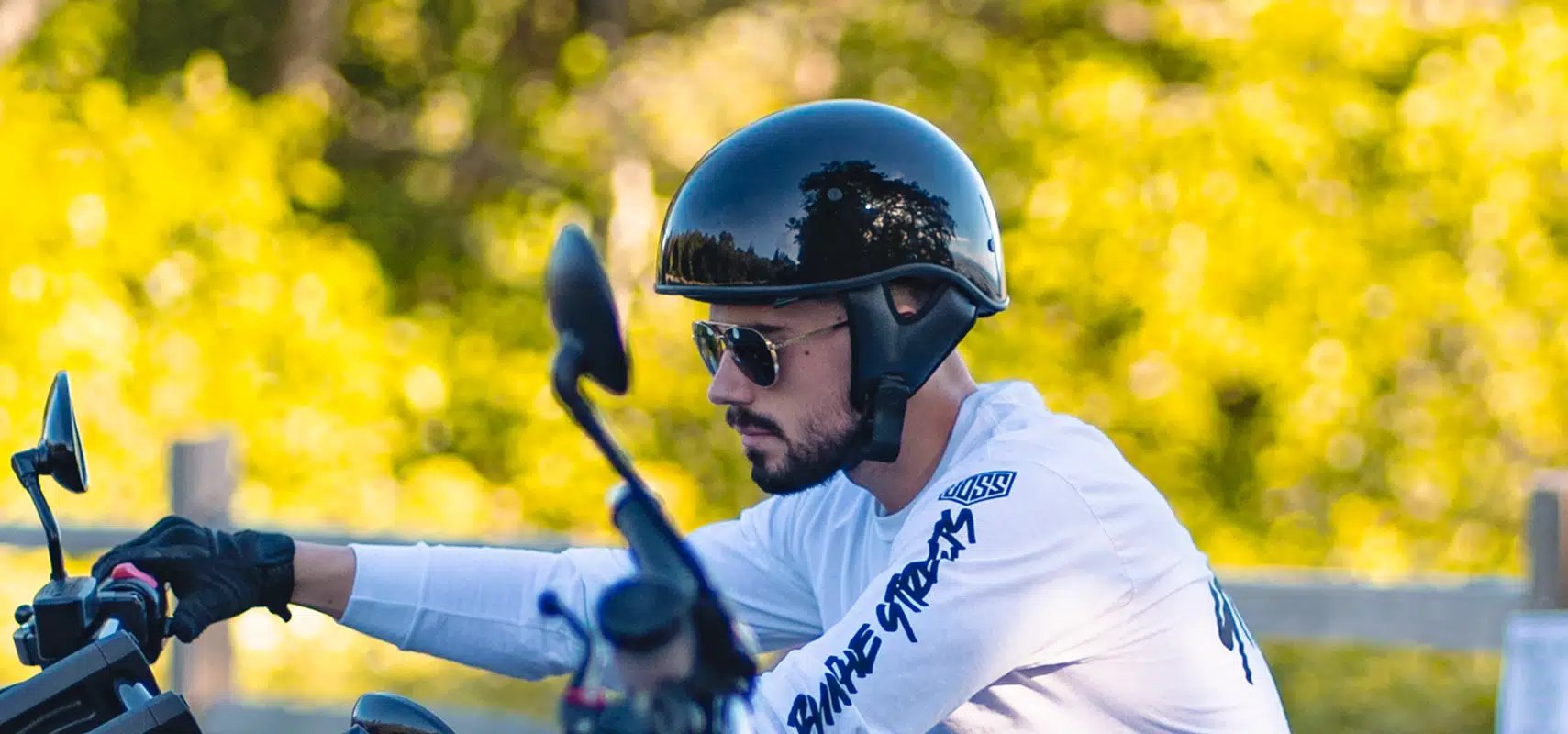¿Rasguños en la carretera? ¡Hoy no! ¡Descubre las 10 reglas de seguridad para andar en moto!
Conducir una motocicleta es una experiencia emocionante que ofrece libertad y una conexión única con la carretera. Sin embargo, conlleva riesgos inherentes. Gestionar estos riesgos es fundamental para garantizar un viaje seguro y placentero en todo momento. En este artículo, exploraremos estrategias efectivas para gestionar el riesgo y evitar accidentes al conducir una motocicleta.
Conducir una motocicleta es más que un simple medio de transporte; es una pasión para muchos. Sin embargo, junto con la emoción viene la responsabilidad de garantizar la seguridad en la carretera. Comprender y gestionar los riesgos son aspectos fundamentales de la conducción responsable de una motocicleta. Varios factores contribuyen al riesgo de sufrir un accidente mientras se conduce una motocicleta. Las condiciones climáticas, las condiciones de la carretera y las situaciones de tráfico se encuentran entre los principales factores de riesgo a los que se enfrentan los motociclistas. Ser consciente de estos factores y de cómo pueden afectar a su conducción es esencial para una gestión eficaz de los riesgos.
- Cómo prepararse usted y su bicicleta
Antes de salir a la carretera, es fundamental asegurarse de que tanto usted como su motocicleta estén preparados adecuadamente. Llevar el equipo de seguridad adecuado, que incluye casco, guantes y ropa protectora, es innegociable. Además, realizar controles de mantenimiento periódicos a su motocicleta puede ayudar a prevenir fallas mecánicas que podrían provocar accidentes. ¡Antes de cada viaje, siéntase cómodo haciendo las inspecciones previas!
- Desarrollando habilidades de conducción defensiva
La conducción defensiva consiste en anticiparse a los posibles peligros y tomar medidas proactivas para evitarlos. Mantener una distancia segura con respecto a otros vehículos, señalar claramente las intenciones y observar constantemente la carretera en busca de posibles peligros son habilidades fundamentales para la conducción defensiva. Además, si puede intentar ponerse en el lugar del conductor de un vehículo suponiendo que no lo ve, siempre estará en mejores condiciones.
- Mejorar la visibilidad
La visibilidad es *clave* para evitar accidentes, especialmente en condiciones de poca luz o condiciones climáticas adversas. Usar ropa reflectante y mantener las luces de la motocicleta encendidas, incluso durante el día, puede mejorar significativamente su visibilidad para otros conductores. El negro es y siempre será muy cool, pero usar colores vibrantes lo ayudará en gran medida a destacarse más entre el tráfico.
- Conducir dentro de tus límites
Conocer tu nivel de habilidad y conducir dentro de tus límites es esencial para mantenerte seguro en la carretera. Evita sucumbir a la presión de los compañeros o intentar maniobras que superen tus capacidades, ya que esto puede tener consecuencias desastrosas. Alguien dijo una vez: si tu bicicleta ya no te asusta, entonces es hora de comprar una nueva. Los límites son muy saludables porque te recuerdan constantemente que conducir es un deporte inherentemente peligroso. Respétate a ti mismo, a tu bicicleta y a tu entorno.
- Gestión de la velocidad
La velocidad es un factor importante que contribuye a los accidentes de motocicleta. Conducir demasiado rápido reduce el tiempo de reacción y aumenta la gravedad de los accidentes. Adaptar la velocidad a las condiciones de la carretera y del clima, y evitar confiar demasiado en las propias habilidades, son fundamentales para mantenerse a salvo.
- Manejo de situaciones de emergencia
A pesar de sus mejores esfuerzos, aún pueden ocurrir emergencias en la carretera. Saber cómo ejecutar las técnicas de frenado y las maniobras evasivas adecuadas puede marcar la diferencia a la hora de evitar un choque o minimizar su impacto. Lo único que puede hacer en este caso es practicar, practicar y practicar.
- Mantenerse concentrado y alerta
Mantener la concentración y el estado de alerta mientras se conduce es fundamental. Evite distracciones como usar el teléfono o soñar despierto, y tome descansos regulares para combatir la fatiga, que puede afectar su capacidad de reaccionar rápidamente en situaciones peligrosas. Es una buena idea aprender algunos estiramientos básicos que pueda practicar en los descansos para obtener un impulso de energía junto con la circulación sanguínea.
- Montar en grupo
Los paseos en grupo pueden ser una forma divertida de experimentar la carretera, pero también presentan desafíos únicos. Establecer señales de comunicación claras y comprender la dinámica del grupo puede ayudar a garantizar un paseo seguro y agradable para todos los involucrados. Recuerde, no sobrepase sus límites aquí e intente unirse a un grupo cuyo nivel de habilidad sea similar al suyo.
- Cómo afrontar las condiciones adversas
No hace falta decirlo, pero trate de evitar conducir en condiciones climáticas adversas en la medida de lo posible, ya que requiere mucha precaución y habilidad. Algunos consejos para conducir bajo la lluvia y con vientos fuertes incluyen ajustar su estilo de conducción, ser cuidadoso con los controles y mantenerse relajado para mantener el control de su motocicleta. Generalmente, en este caso, la carrera se gana yendo despacio y con constancia.
- Reflexión y aprendizaje después del recorrido
Después de cada viaje, tómate un tiempo para reflexionar sobre tus experiencias e identificar áreas de mejora. Analizar los accidentes que casi te han pasado y buscar más formación u orientación puede ayudarte a convertirte en un conductor más seguro y confiado. Si tienes una cámara instalada (¡y deberías hacerlo!), volver a ver las imágenes de la cámara también es una excelente manera de recordar algunos de los pequeños movimientos, ya sea tuyos o de los vehículos que te rodean, que quizás no hayas notado en ese momento.
Conclusión
Gestionar los riesgos y evitar accidentes al conducir una motocicleta es una tarea multifacética que requiere preparación, habilidad y vigilancia constante. Al comprender y abordar los diversos factores de riesgo involucrados, los motociclistas pueden disfrutar de la emoción de la carretera abierta y al mismo tiempo mantenerse seguros. No importa cuánto tiempo lleve conduciendo, nunca lo habrá visto ni hecho todo. Siempre hay margen de mejora, así que ¡salga y practique!










